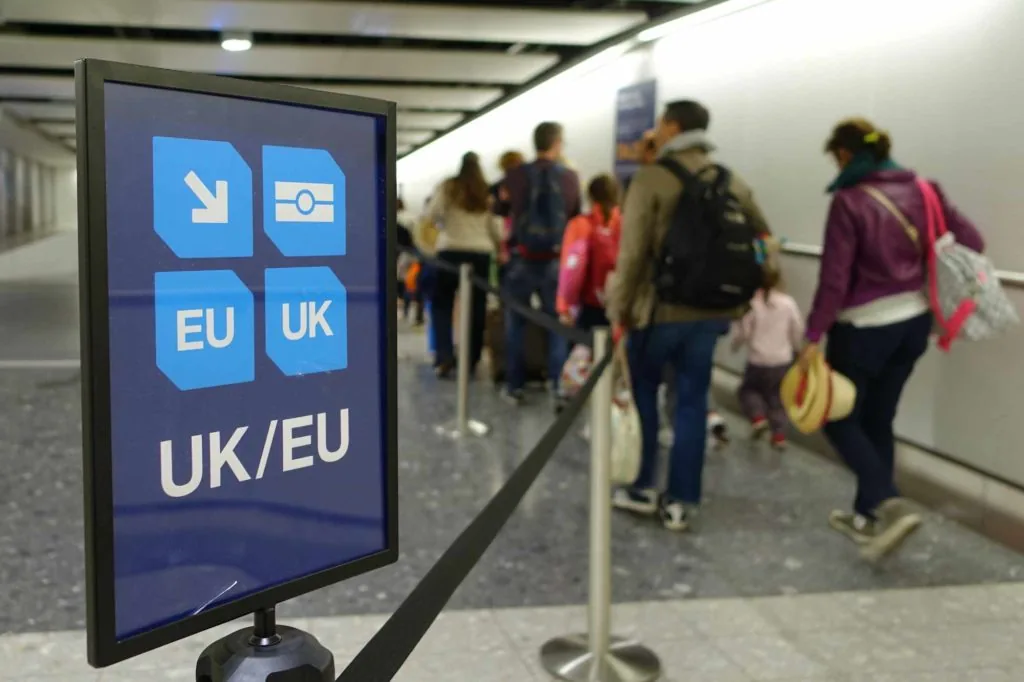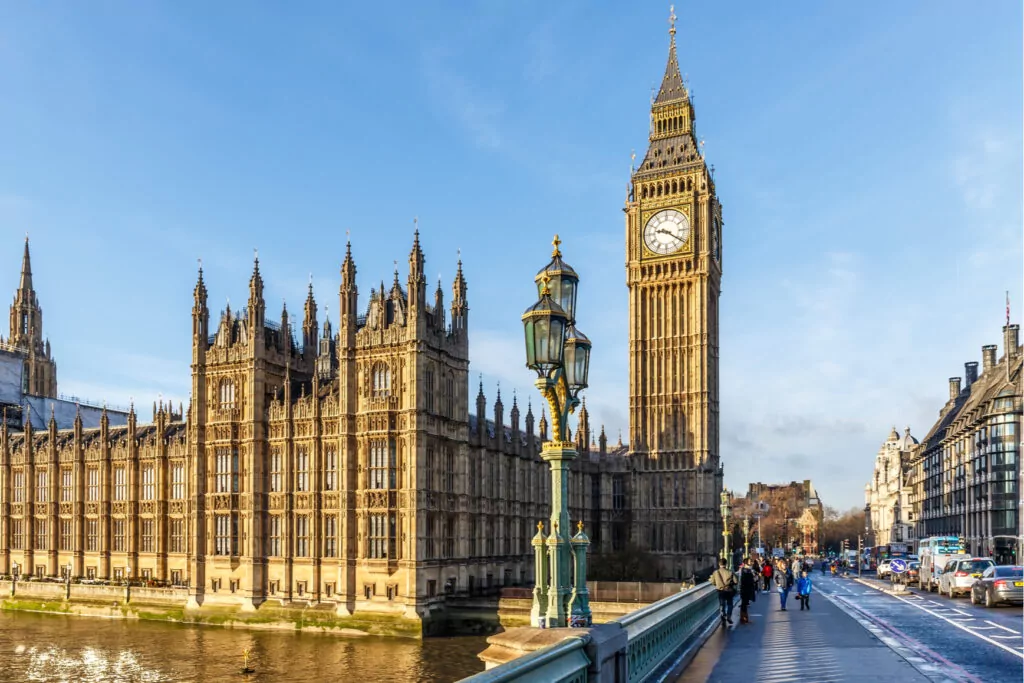
Easter update to government guidance on the Coronavirus Job Retention Scheme

By Karen Bates
14 Apr 2020 | 1 minute readOn Thursday 9 April 2020 the Government updated its guidance for employers on claiming through the Coronavirus Job Retention Scheme ('the CJRS') – for the third time.
We have summarised for you the key changes or clarifications below, which should be read in conjunction with our earlier guidance. As ever, if you have any questions about implementation or issues (or further detail) which are not answered here, please do contact us for guidance.
What are the key changes?
The updated guidance makes the following important clarifications and changes:
The interaction between sickness/self-isolation and furlough
The guidance prior to this iteration only contained vague wording about how employees who were sick or self-isolating would get SSP and that employers could not therefore claim furlough for those employees. Which begged a lot of questions.
The third update has clarified that:
- The CJRS is not intended to cover short-term absences from work owing to sickness (and the minimum furlough period of 3 weeks supports this).
- The fact someone is sick or self-isolating should not be a factor in your decisions as to whether or not to furlough someone – but, there is nothing to stop you furloughing someone that is already sick and claiming CJRS if you do so.
- Furloughed employees who become sick can remain on CJRS or you can move them onto SSP, but it is difficult to see why any employer would do this.
- Of course, you cannot claim CJRS and SSP in respect of the same employee for the same period of time. You will need to pick.
- You can furlough employees on long-term sick leave (which is surprising to us, especially where they have exhausted sick pay).
- You can furlough employees who are being shielded (or need to stay home with someone who is shielding) – and the previous strange wording suggesting you could only do this where you would otherwise have made them redundant has been removed.
Hurrah – you can (in most cases) furlough following a TUPE transfer
Because of the requirement that employees had to have been on payroll as at 28 February 2020 in order to be furloughed under the CJRS, it seemed that it was not going to be possible for the transferee (i.e. the buyer in a corporate transaction) to furlough staff where that TUPE transfer took place after the 28 February 2020.
The third update has clarified that the new employer receiving staff following a TUPE transfer can furlough staff under the CJRS (provided that the transfer happened after 28 February 2020).
Adjusted wording about activities a furloughed employee can undertake
It was (relatively) clear from the beginning that a furloughed worker could do whatever they wanted whilst furloughed, so long as it was not work or services that benefitted the furloughing employer.
The second update to the guidance gave welcome confirmation that furloughed employees can work elsewhere whilst furloughed (provided they were not prevented from doing so under the contract of employment with the furloughing employer).
This third update has added some additional wording making it clear than employees cannot undertake work, volunteering or training that provides services, or generates revenue, for or on behalf of the furloughing employer or a linked or associated organisation. There is no definition offered as to a linked or associated organisation, but we think a pragmatic approach will work here – if it benefits your business then furloughed employees undertaking it could put your CJRS funding at risk.
Normal pay is relevant for the CJRS wage calculation for those returning from maternity and other statutory leave who are being furloughed
This third update has helpfully clarified that you should reference normal salary (and not the reduced statutory pay) for those being furloughed who have regular pay and are returning from a period of statutory maternity leave, paternity leave, shared parental leave, adoption leave, sick leave and parental bereavement leave (all of which would have drastically cut pay for most employees).
Those on variable pay should also benefit from the calculation which requires an employer to take the higher of the same month's earnings from the previous year or average monthly earnings for the 2019/20 tax year.
Furloughing employees on work visas will not be regarded as breaching their visa conditions
This third update has helpfully clarified that you can furlough employees of all categories of visa and they will not be regarded as breaching their visa conditions – usually linked to minimum salary – if they receive funds under the CJRS.
What else has changed?
Less of interest, but still changed in the guidance are the following new clarifications:
- If you claim under the CJRS you have to pass all of the funds claimed for an employee over to them without deductions (other than those legally required for tax and NI etc as usual). We thought that was clear before though.
- Reclaimable NI and pension elements are on the furlough (not normal) salary. Again, we thought that was clear before though.
What guidance/clarification are we still waiting for?
The biggest omission to date remains any help in the official government's guidance with regards to annual leave, for example:
- Can holiday be taken/directed to be taken during furlough?
- Does a period of holiday interrupt furlough?
- What is a furloughed employee entitled to be paid if furloughed whilst on annual leave, or vice versa?
- What about zero hours workers who you have furloughed (to do the right thing) – do you accrue a holiday liability as a result, even though there was no entitlement to hours?
Guidance from ACAS does heavily suggest employees can take annual leave whilst furloughed (or be given notice to do so), that this will not interrupt furlough and that they should be paid normal pay for any period of furlough designated as holiday (meaning employers would get the benefit of 80% of holiday funded subject to the cap). HMRC representatives have also tweeted similar advice in response to desperate questions from frazzled HR/employment specialists.
We are expecting reliable clarification on these points imminently (it needs to be soon given the bank holidays that have to be factored into most April payroll runs).
We also would welcome clarification on how furlough interacts with those on maternity (or other similar) statutory leave. Can they be furloughed and remain on that statutory leave?












